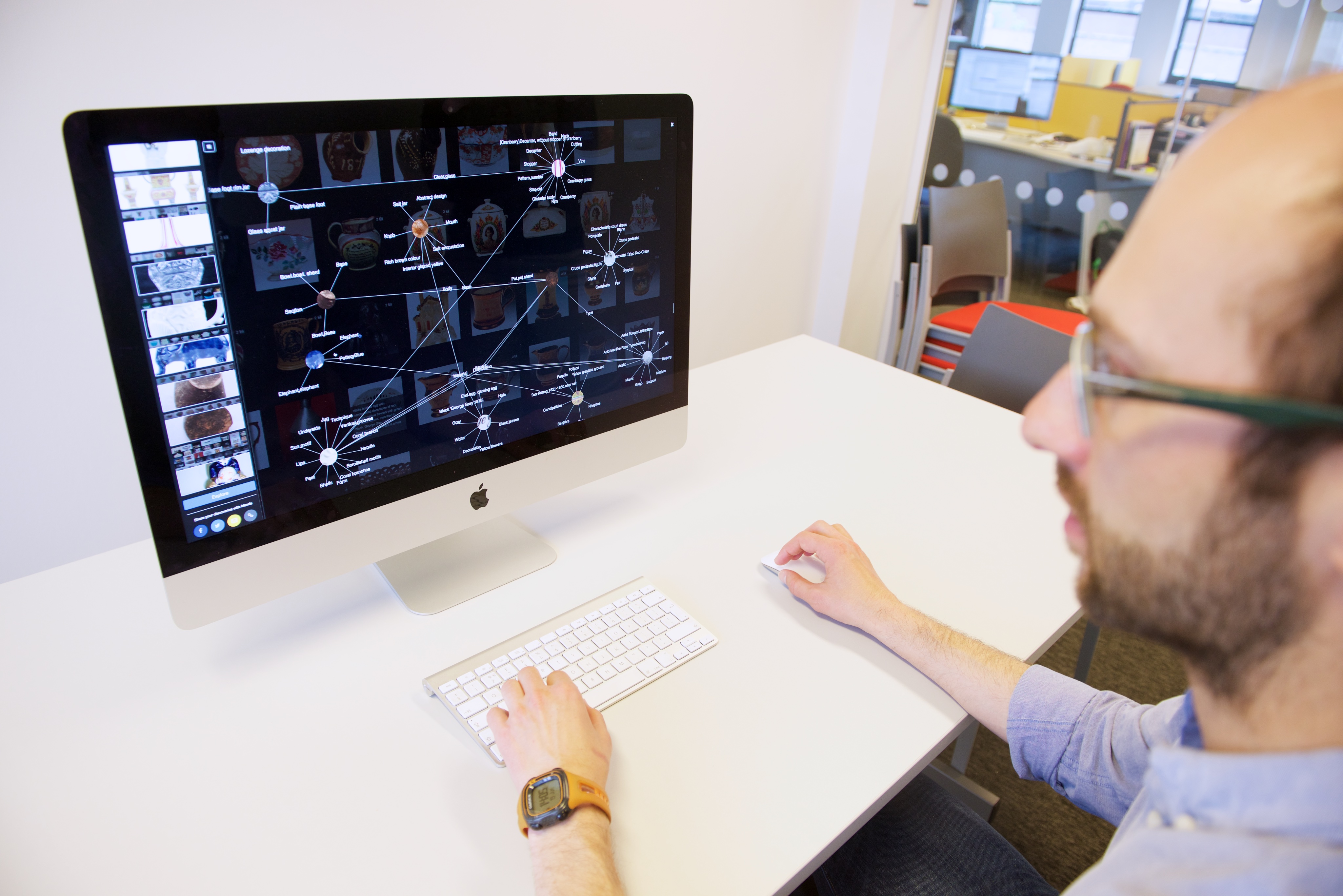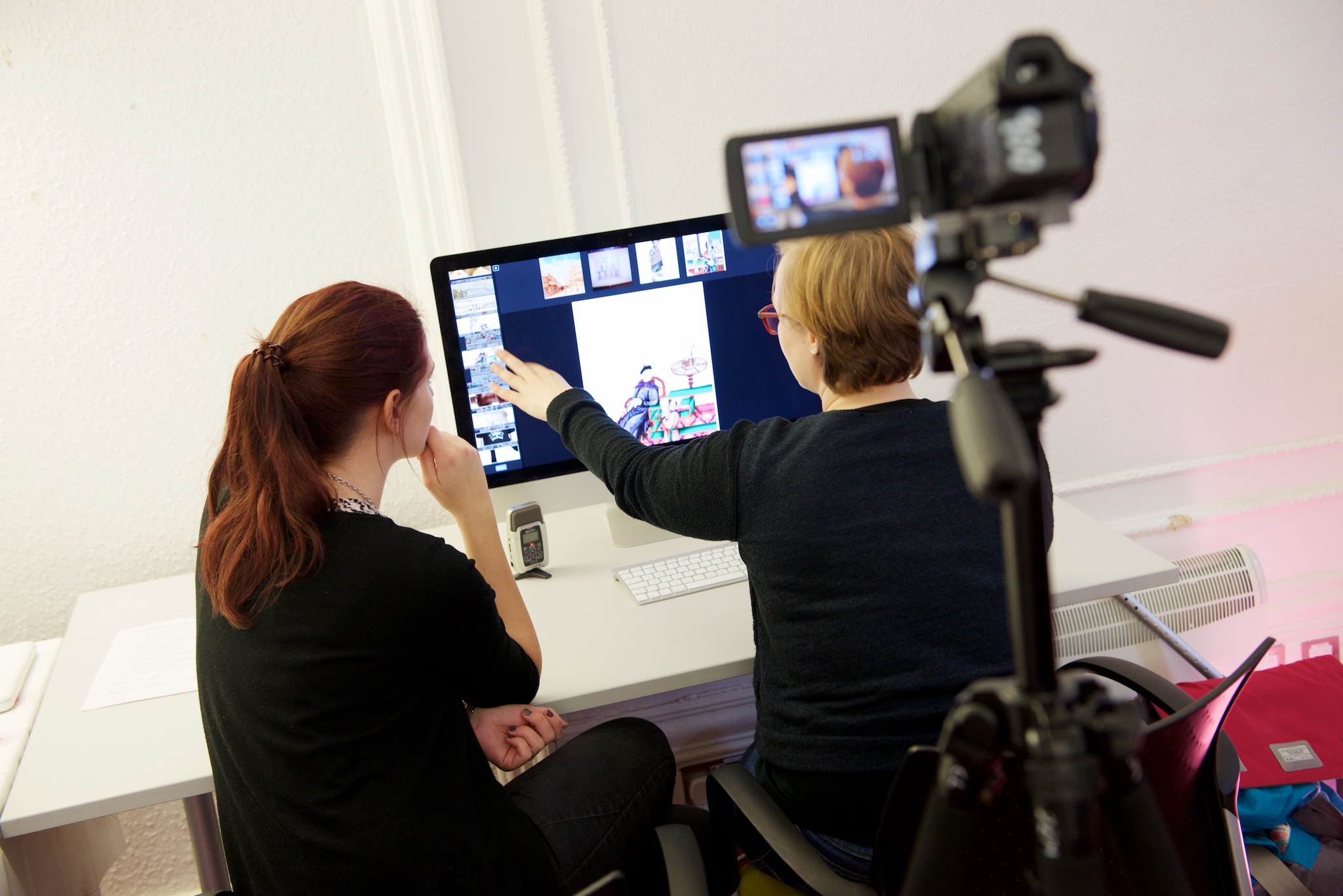Past Paths
The interface presents related content from the archive and actively responds to the user's interactions with the interface
In collaboration with Tyne & Wear Archives and Museums, Nesta and Microsoft Research a discovery search interface was developed that aims to improve public access and engagement with digital heritage collections. The exploratory web platform and novel search interface is implemented for Tyne & Wear Archives and Museums’ online collections and aims to encourage people to search and discover museum content online.
The seamless designed website invites users to dive into the collection and enables the experience of serendipity while browsing through artefacts. Adapting the users’ scrolling speed the interface either keeps displaying related items or presents random new topics. Storing items that have been clicked on the website allows users to go back in their browsing experience. Also, a map view presents all items that are stored and their relations to each other. This feature provides the user with the opportunity to find more related content to collection items and to use this as a starting point for a new search.
By the end of the project in late August 2015, the development will have gone through three iterations of user testing and improvement. The novel web interface and search engine will be developed to:
- Transform the object catalogue into a playful museum experience that invites users to easily discover objects from Tyne and Wear Archives and Museum’s vast collections.
- Create a new model of search and discovery. The search model for museum collections is traditionally designed for research audiences who know what they are looking for. This project expands the reach for museum collections by designing for non-research audiences and delivering content that provokes serendipitous discovery of cultural content.
- Turn a static data collection into a living, evolving digital archive. User-centered systems will be developed to capture audience interaction with collections. The search engine iterates over time as audiences explore, continually refining its understanding of what web content is most likely to provoke a user journey through museum collections.


